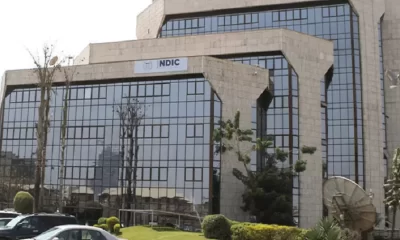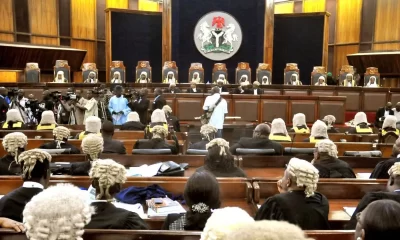In a significant development, the most extensive COVID-19 vaccine autopsy study to date has been republished in Science, Public Health Policy and the Law on November 17, following two previous censorship incidents.
This marks a substantial milestone for transparency in scientific research, according to lead author Nicolas Hulscher, an epidemiologist at the McCullough Foundation.
Hulscher described the study’s republication as a “pivotal victory for transparency and accountability in science,” while highlighting it as a setback for what he termed the “Academic Publishing Cartel.”
The study, initially released on July 5, 2023, as a preprint on SSRN through Preprints with The Lancet, was removed within 24 hours due to concerns over its methodology.
It resurfaced on the Zenodo platform and later underwent peer review by Forensic Science International, where it was formally published on June 21, 2024.
This success was short-lived; the paper became the most popular research piece globally according to the Observatory of International Research, only for Forensic Science International to retract it on August 2, citing anonymous concerns over its methodology and references.
Hulscher criticized this as an act of censorship that violated COPE (Committee on Publication Ethics) guidelines and the journal’s policies, noting that the withdrawal left no trace of the paper online.
READ ALSO: Healthcare workers shun COVID, flu vaccines amid growing distrust in health agencies
The study presents robust data examining the causes of death in 325 autopsies and one necropsy following COVID-19 vaccination.
Authored by three independent physicians, the review determined that 240 of these cases, or 73.9%, were directly attributed to or significantly influenced by the vaccine. The leading causes of death were sudden cardiac arrest (35%), pulmonary embolism (12.5%), and myocardial infarction (12%).
Other contributing factors included myocarditis, cerebral hemorrhage, and immune thrombotic thrombocytopenia. The study highlighted that most deaths occurred within a week of the final vaccine dose.
Epidemiologist Dr. Harvey Risch, professor emeritus at the Yale School of Public Health, commented on the implications of these findings, emphasizing the potential for long-lasting damage caused by the vaccine’s spike protein.
Risch explained that in some individuals, this protein could remain active in the body, leading to continued inflammation.
The study authors noted potential biases within systematic reviews and acknowledged the limitations in accounting for confounding variables like existing health conditions and drug interactions.
Nonetheless, they argued that their analysis underscores the need for reconsideration of vaccine safety, given the consistency of their findings with known vaccine injury mechanisms.
Hulscher and his team maintain that the study’s republication paves the way for open scientific dialogue, urging a reevaluation of vaccine policies to prioritize transparency and safety.
Despite criticism and barriers faced in the publication process, the authors remain firm in their call for adherence to scientific integrity and unbiased peer review.

 Politics7 days ago
Politics7 days ago
 Business5 days ago
Business5 days ago
 News7 days ago
News7 days ago
 Business1 week ago
Business1 week ago
 Business4 days ago
Business4 days ago
 Latest1 week ago
Latest1 week ago
 Business4 days ago
Business4 days ago
 Latest1 week ago
Latest1 week ago

